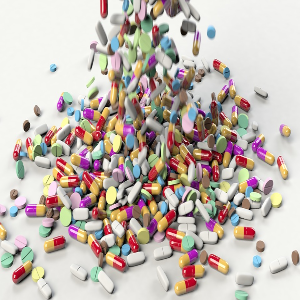Clinicians’ contribution to cost-related medication non-adherence: Impact of irrational prescribing and influence of pharmaceutical promotional activities on prescribing behavior of clinicians

All claims expressed in this article are solely those of the authors and do not necessarily represent those of their affiliated organizations, or those of the publisher, the editors and the reviewers. Any product that may be evaluated in this article or claim that may be made by its manufacturer is not guaranteed or endorsed by the publisher.
Accepted: 12 December 2022
Authors
Poor training of clinicians on the Rational Use of Medicines (RUMs) and the impact of pharmaceutical promotional activities fuel irrational prescribing behavior, which is a major contributor to cost-related medication non-adherence. The aim of this study was to determine how training on the RUMs and related concepts and the influence of pharmaceutical promotional activities impact on clinicians prescribing behavior, a major cause of cost-related medication non-adherence. This was a cross-sectional descriptive study, conducted among medical practitioners in South-eastern Nigeria using a self-administered questionnaire. The questions were designed to determine the clinicians’ knowledge and practice of the basic concepts of the RUMs, as well as how much pharmaceutical promotional activities (information and incentives) impact on their prescribing behaviors. There were 100 clinicians, 71 (71%) males and 29 (29%) females, with mean years of practice of 8.2±5.8 years. About 66% of the respondents claimed they were trained on the concept of the RUMs, however, only 20% were aware of the Personal Drugs (Pdrugs) concept, and 17% had their own list of P-drugs, which is basic to rational prescribing. Fifty-six percent (56%) agreed that pharmaceutical promotional activities influenced their prescribing habits, while 32% were indifferent. The poor knowledge of the basic concepts of the RUMs as seen in this study makes clinicians vulnerable to irrational prescribing and the negative impact of pharmaceutical promotional activities. In developing nations, where medicines are mostly paid out of pocket by the patient, such prescribing habits fuel cost-related medication non-adherence.
Supporting Agencies
NoneHow to Cite

This work is licensed under a Creative Commons Attribution-NonCommercial 4.0 International License.






